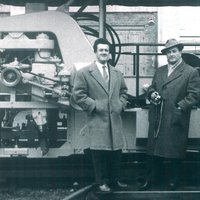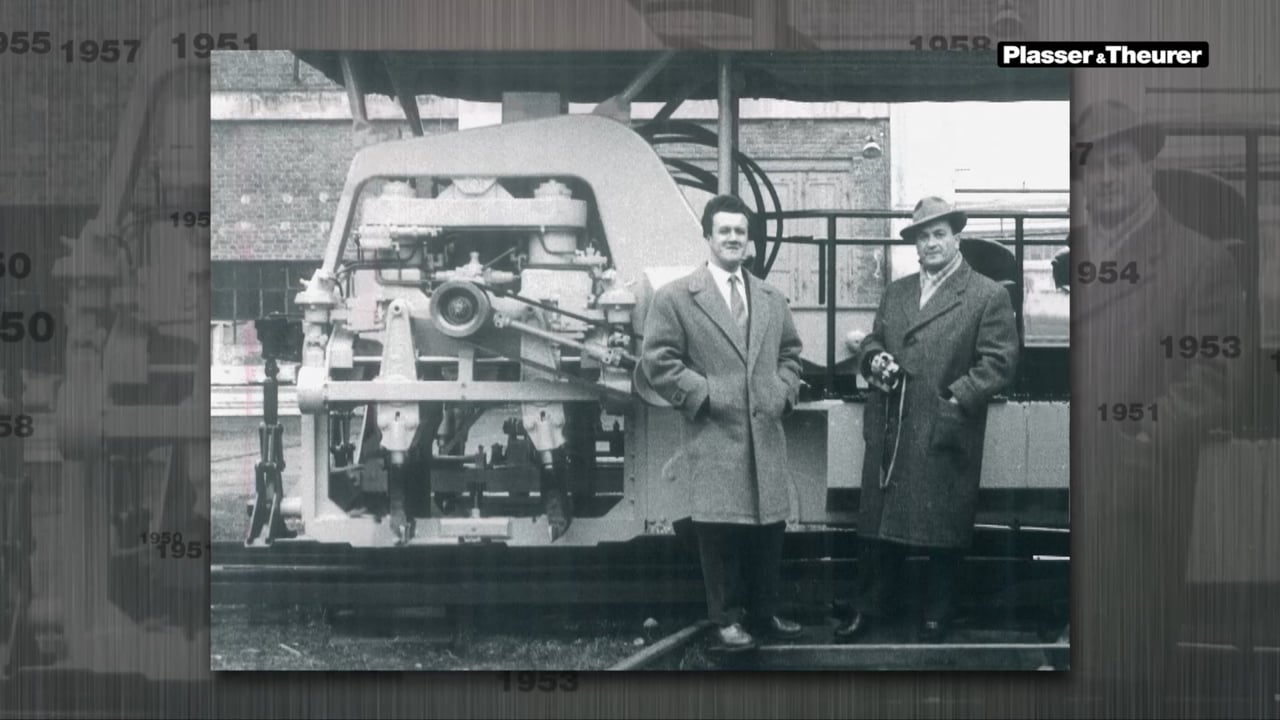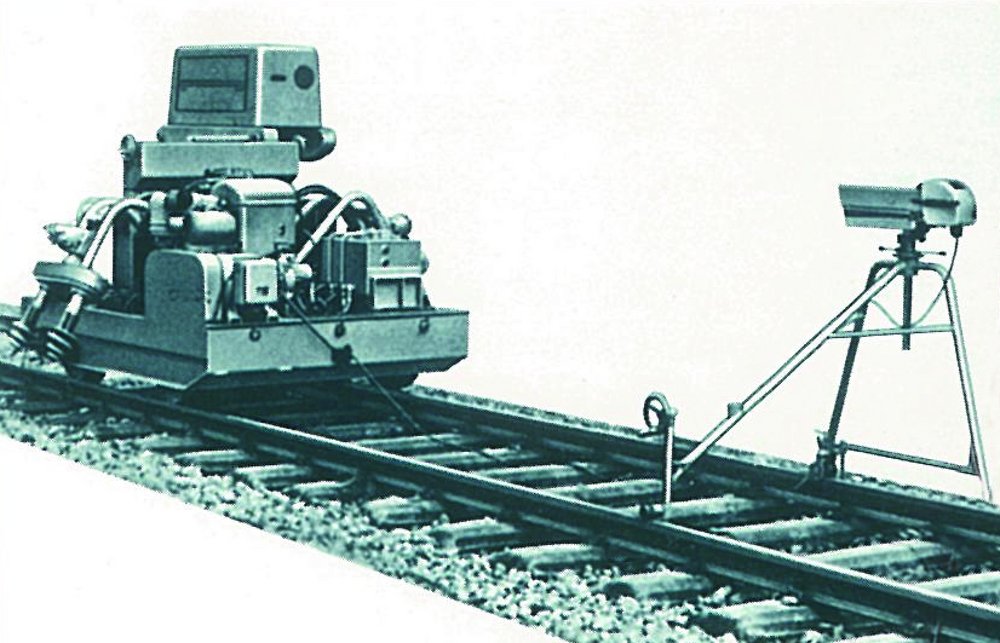
In the early 1950s, there were only tamping machines using mechanical squeezing of the vibrating tamping tines.
The disadvantage was that the ballast was not compacted uniformly.
Then I had the idea to introduce hydraulics.Dr. Josef Theurer, founder Plasser & Theurer










